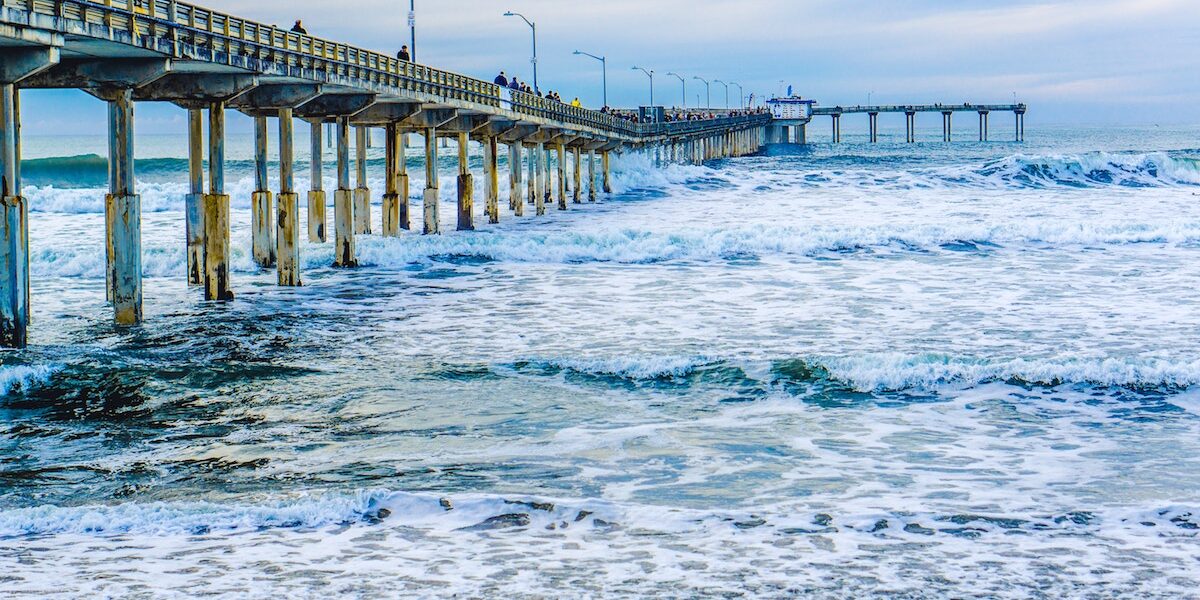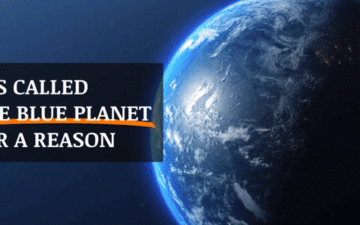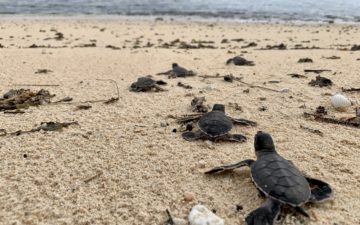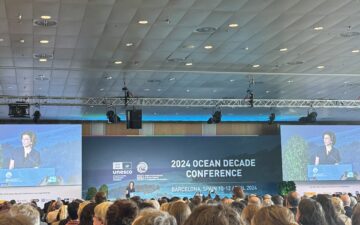Like most of my colleagues at The Ocean Foundation, I’m always thinking about the long game. What future are we working to achieve? How can what we do now lay the groundwork for that future?
It’s with that attitude that I joined the Task Force Meeting on the Development and Standardization of Methodology in Monaco earlier this month. The meeting was hosted by the International Atomic Energy Association (IAEA)’s Ocean Acidification International Coordination Center (OA I-CC). We were a small group – only eleven of us seated around a conference table. The Ocean Foundation’s President, Mark Spalding, was one of the eleven.
Our task was to develop the contents of a “starter kit” for studying ocean acidification – both for field monitoring and lab experimentation. This starter kit needs to give scientists the tools and resources they need to produce data of high enough quality to contribute to the Global Ocean Acidification Observing Network (the GOA-ON). This kit, once finished, will be deployed to the countries who participated in our workshop in Mauritius this summer, and to members of the IAEA OA-ICC’s new interregional project focused on building capacity to study ocean acidification.
Now, Mark and I are no analytical chemists, but creating these toolkits is something we’ve both thought about a lot. In our long game, legislation is enacted at the local, national, and even international level that calls for the reduction of the cause of ocean acidification (CO2 pollution), the mitigation of ocean acidification (through blue carbon restoration, for example), and investments in the adaptive capacity of vulnerable communities (through forecasting systems and responsive management plans).
But the very first step to making that long game a reality is data. Right now there are huge gaps in ocean chemistry data. The bulk of ocean acidification observing and experimentation has been conducted in North America and Europe, which means that some of the most vulnerable regions – Latin America, the Pacific, Africa, Southeast Asia – have no information about how their coastlines will be affected, how their economically and culturally critical species might respond. And it’s being able to tell those stories – to show how ocean acidification, which is altering the very chemistry of our great ocean, might alter communities and economies – that will lay the groundwork for legislation.
We saw it in Washington State, where the compelling case study of how ocean acidification was ravaging the oyster industry rallied an industry and inspired a State to pass swift and effective legislation to address ocean acidification. We are seeing it in California, where legislators just passed two state bills to address ocean acidification.
And in order to see it around the world, we need scientists to have standardized, widely available, and inexpensive monitoring and lab tools for the study of ocean acidification. And that is exactly what this meeting accomplished. Our group of eleven came together for three days to discuss in great detail what exactly would need to be in those kits, what training scientists would need to be able to use them, and how we can leverage national and international support to fund and distribute these kits. And though some of the eleven were analytical chemists, some experimental biologists, I think in those three days we were all focused on the long game. We know that these kits are needed. We know that training workshops like the one we conducted in Mauritius and the ones planned for Latin America and the Pacific Islands are critical. And we are committed to making it happen.







